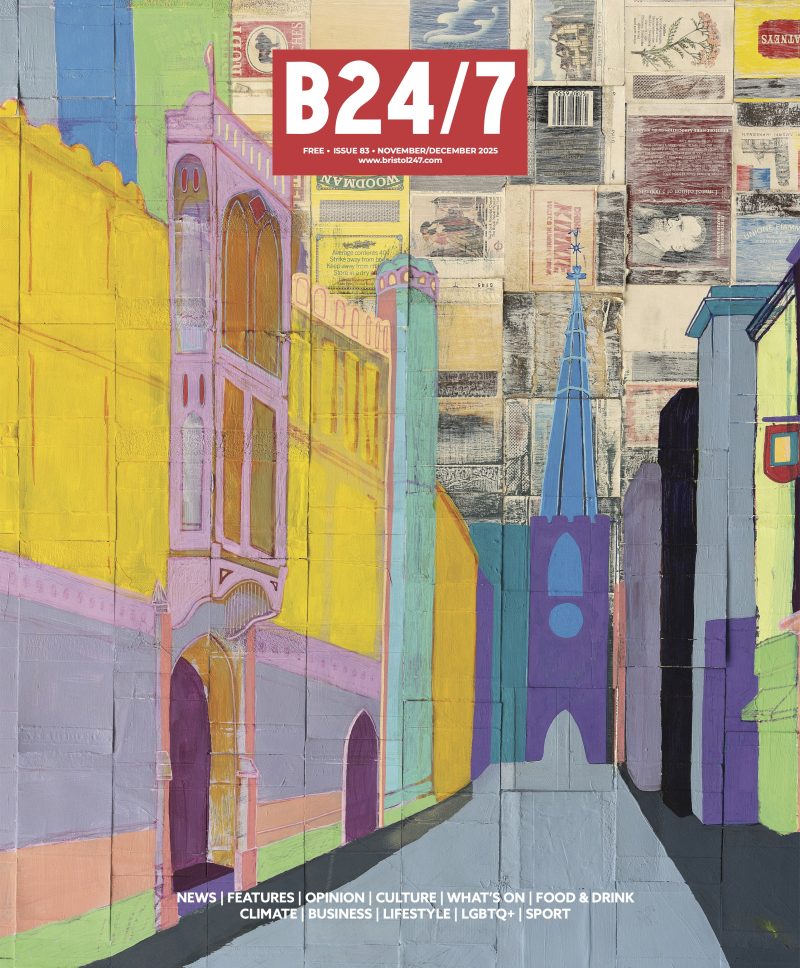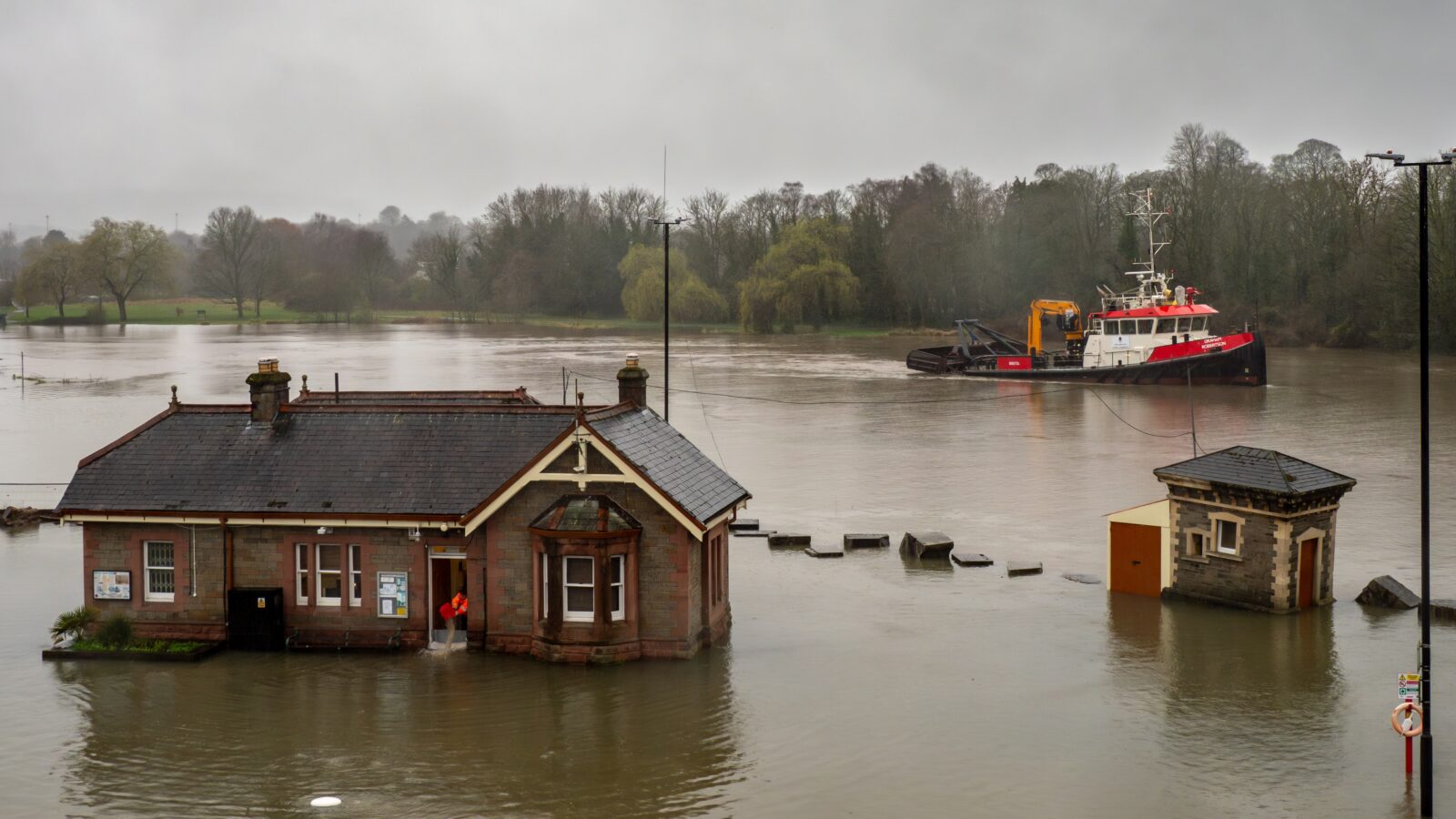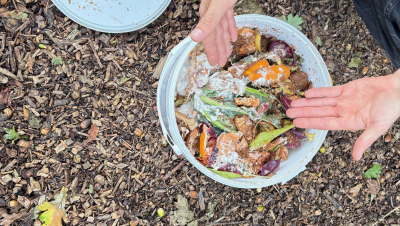Features / flooding
How can a city built on water defend itself from rising sea levels?
Bristol’s history and identity are inextricably interwoven with a sea so close its tides influence the urban rivers and with the 100-odd miles of watercourses that flow through the city.
Water has shaped Bristol and continues to play a positive role in residents’ lives, from summer drinks overlooking the harbour to ferry cruises and houseboats, to a love for rivers so deep it has prompted a campaign for legal personhood status for the River Avon.
But as water levels rise, a more confronting aspect of the element is rapidly emerging.
is needed now More than ever

Currently, more than 1,400 homes and businesses are at immediate risk of flooding – photo: Mary Milton
Sitting at the confluence of sea flooding coming up the Channel and river water flowing down, low-lying land, including stretches along the Avon and New Cut, the former marsh of St Philip’s and parts of the Centre, are particularly vulnerable.
“It’s quite frightening,” says environment committee chair and Green councillor Martin Fodor.
The impacts of flooding were most recently felt in March 2024, when Bristol’s highest tide in years closed roads, including the Portway and parts of Cumberland Basin, submerged the Chocolate Path and rendered underpasses impassable.
A report that followed in July said future floods, which are due to become as frequent as a yearly occurrence by 2130 on the current climate change trajectory, would “sever” the region’s transport network, including the Portway and “all major roads around the station”, causing gridlock in the city centre.
There is no doubt that the rising water is caused by a changing climate, and while Bristol has focused heavily on decarbonisation measures to help mitigate the crisis, the focus is now being shifted more significantly towards adapting to its consequences, which are already impacting the city.
Currently, more than 1,400 homes and businesses are at immediate risk of flooding.
According to the report, this number could rise to 4,500 properties vulnerable to flooding by the end of the century.
With development planned for at-risk areas, this number is likely to increase further.
The council plans to construct nine miles of flood defences along the River Avon, from Swineford through the centre to Shirehampton, at an estimated cost of £255m.
Flooding can significantly affect public health.
“The mental health impacts of your house being flooded, rotted, full of sewage and everything ruined is massive,” says Fodor, outlining the challenges of flood management for the council, ranging from the complexities of retrofitting to limited authority over new developments and overarching funding issues.
“The Bristol Avon Flood Strategy (2023) is a decades-long programme, so we need a full business case for it to get investment from other agencies like the Environment Agency. We’re very near that point.”

The city’s numerous waterways, including both visible rivers and streams and those that run underground, are showcased on a map by the council – photo: Bristol City Council
In fact, Fodor says, the business case is expected to be completed in 2026 to 2027, with construction planned to start in 2030.
This will include drainage and absorbent features as well as infrastructure to hold back water.
In the meantime, action is already being taken on a local scale, such as the Cumberland Road flood wall, flood-proof fencing erected in south Bristol, the Brislington Brook retaining wall and the Bedminster Green river restoration project.
Bristol’s Tree and Woodland Strategy also feeds into this work.
More trees could provide a simple yet effective solution, tackling flooding while also making the city more resilient to overheating, aiding nature’s recovery and improving citizens’ mental health.
But, Fodor says, it’s not as easy as all that: “I’d love to see it. We do have a Trees for Streets scheme, and we’re looking at areas deficient in trees.
“But the difficulty is when there isn’t an existing tree or pit.
“To put a tree in then is about ten times dearer – we’re talking into the thousands. Underground services like pipes, cables and drains limit space for big tree pits.
“We’re starting to rethink how we use street space, where some tree planting could be in the street so the pavement and all the services underneath stay intact, but we have to contend with all the other things we might want on streets like parking, cycle parking and sustainable drainage.
“Making our streets fit for the future is another whole exercise, and we have to find all sorts of creative funding streams for that.”
Fodor says sustainable urban drainage, that mimics natural processes by slowing rainwater flow, has already been implemented in Southmead and streets in Southville where traffic calming measures complement chicane-style green drainage points which soak away the water – “we need more features like that” – while helpful up-river interventions such as woodlands and wetland areas, like that seen at Belmont Estate, would be welcome outside the city.
The new Local Plan, which has taken eight years to reach its final stage of scrutiny with the government’s planning inspectorate – meaning it will likely need updating as soon as it is given final sign-off – “has some very good policies on sustainable drainage,” he says, and will also “give more weight” to the council’s conversations with developers, where they hope to encourage incorporation of trees and green space as well as creative use of buildings such as living roofs and walls – where rather than destroying habitats they are taken from the ground and placed on building exteriors.
Fodor also notes that the council’s revised climate plan, scheduled to come before the committee in November, will place a clear emphasis on sustainable adaptation, including flood risk management.
“We’re talking about work across the board on climate proofing the city, a circular economy, the arts and cultural element of behaviour change and awareness, involvement, engagement.
Young and old working together,” he says. “It’s very creative, and it has to be as there’s very little funding for this work going forward.”

This article originally appeared in Bristol24/7’s November/December 2025 magazine
Main photo: Rob Browne
Read next:
 Our newsletters emailed directly to you
Our newsletters emailed directly to you




















